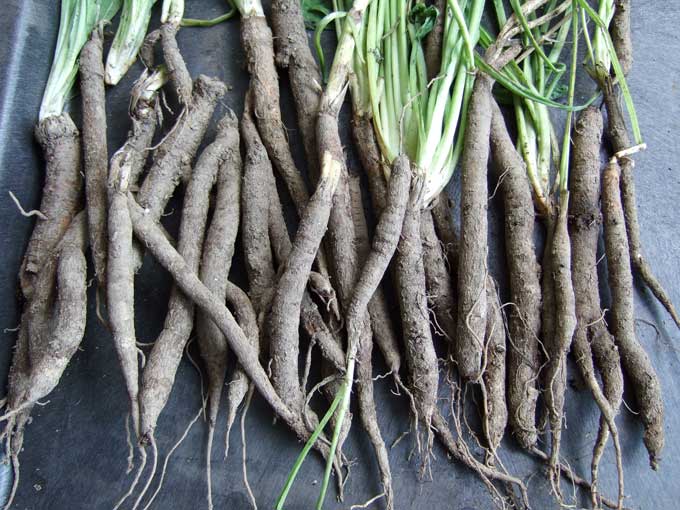I recall a passage from a book where a plant breeder realized that Salsify, which is generally grown for its roots, can be eaten as a green. It was a moment that struck me at the time, because I hadn't really been thinking about plants outside of their typical usage. Since then, I have learned of all sorts of unusual greens. Greens that come from the flower section of the gardening catalog, pumpkin greens, Hostas, and even Kudzu just to name a few. I have a huge interest in these sorts of unusual and unexpected food sources.
With this in mind, I have a question for David Kennedy. Is there a list you have compiled of really unexpected greens that originate in plants we pretty much never use for that purpose? What are some of the ones that really raise eyebrows when people find out?






.jpg)





